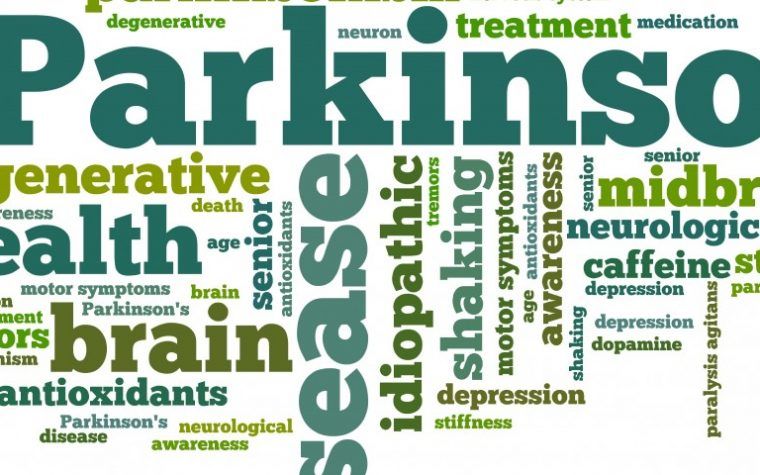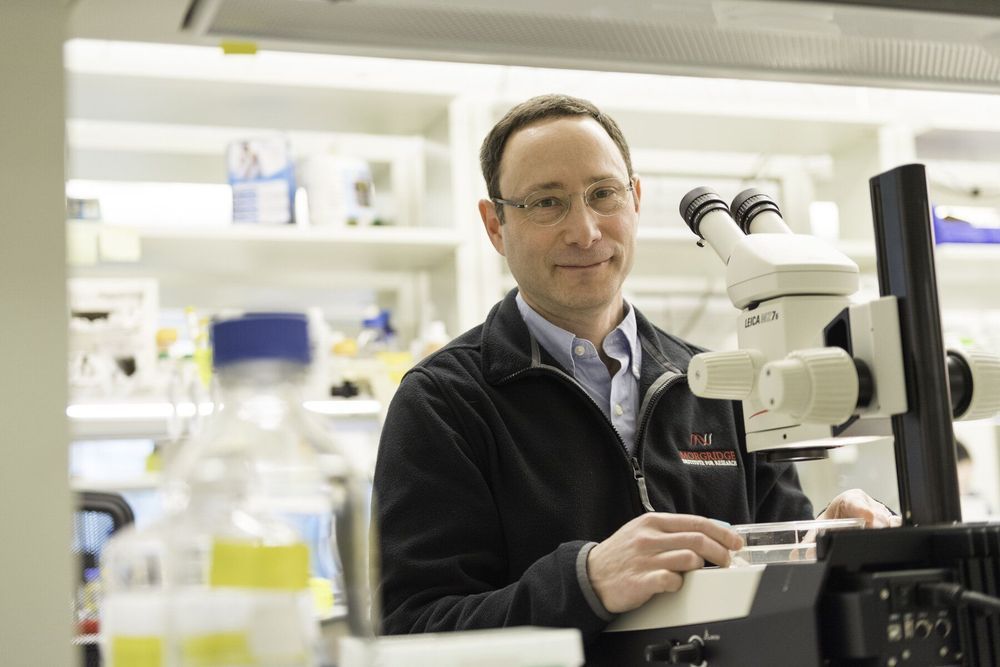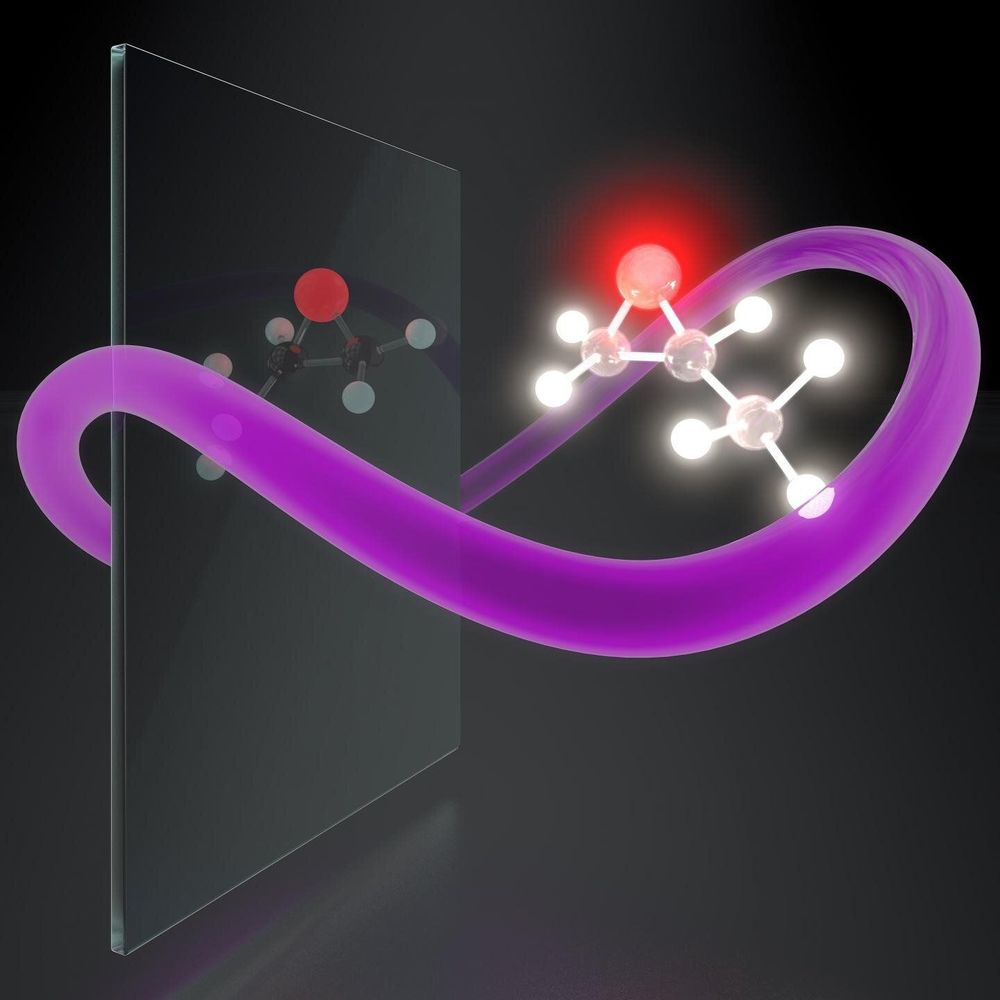More countries coming very soon! Start your bionic journey here: http://
Category: biotech/medical – Page 2,485
HyperStealth Biotechnology Creates Real ‘Invisibility Cloak’
Here’s how HyperStealth Biotechnology Corp.’s ‘invisibility cloak’ works ✨.



Parkinson’s Gut Bacteria Studies Differ in Findings, Methods, Review Says
Studies on gut bacteria in Parkinson’s disease differ in their findings and important methodological details, according to a new review that highlights these differences and proposes strategies to mitigate them in the future.
The study, titled “ Increasing Comparability and Utility of Gut Microbiome Studies in Parkinson’s Disease: A Systematic Review,” was published in the Journal of Parkinson’s Disease.
Although Parkinson’s is often thought of as a disorder of the brain, the gut likely plays an important role in the disease, but it has only been seriously studied in recent years. A number of studies have recently focused on how the gut microbiome — the bacteria that live inside the intestines — might impact Parkinson’s.

Toxic gut bacteria make alcohol-triggered liver disease more deadly
For a heavy drinker whose liver has been destroyed by alcohol, an organ transplant is often the only realistic option. But because of donor liver shortages and rules that withhold them from people who have not shed their alcohol addiction, many go without. Tens of thousands die from alcoholic liver disease each year in the United States—and some go downhill much faster than others. Now, scientists have found a reason for this disparity: a toxin produced by some strains of a common gut bacterium. Working in mice, they have also tested a potential therapy, based on bacteria-destroying viruses found lurking in the sewer.
Why some drinkers with liver disease fare much worse than others “has always been a conundrum,” says Jasmohan Bajaj, a gastroenterologist and liver specialist at Virginia Commonwealth University in Richmond. The bacterium Enterococcus faecalis offers an explanation, Bernd Schnabl, a gastroenterologist at the University of California, San Diego (UCSD), School of Medicine, and colleagues report this week in Nature. In fecal samples from patients with alcoholic liver disease, levels of it were 2700 times higher than in nondrinkers, although the mere quantity didn’t correlate with a person’s outcome. Instead, the researchers identified a cell-destroying toxin called cytolysin produced by select strains of E. faecalis as the likely reason that some patients with alcoholic liver disease had severe symptoms.
Fewer than 5% of healthy people carry the toxinmaking strains, but the group found them in 30% of the people hospitalized with alcoholic liver disease whom they tested. And those patients had a much higher mortality rate within 180 days of admission—89% of the cytolysin-positive patients died compared with only 3.8% of the other patients. “Cytolysin is a factor that really drives mortality and liver disease severity,” Schnabl says.

How human brain development diverged from great apes
Researchers from the Max Planck Institute for Evolutionary Anthropology in Leipzig, Germany, Institute of Molecular and Clinical Ophthalmology Basel, and ETH Zurich, Switzerland, have presented new insights into the development of the human brain and differences in this process compared to other great apes. The study reveals features of brain development that are unique to humans, and outlines how these processes have diverged from those in other primates.
Since humans diverged from a common ancestor shared with chimpanzees and the other great apes, the human brain has changed dramatically. However, the genetic and developmental processes responsible for this divergence are not understood. Cerebral organoids (brain-like tissues), grown from stem cells in a dish, offer the possibility to study the evolution of early brain development in the laboratory.
Sabina Kanton, Michael James Boyle and Zhisong He, co-first authors of the study, together with Gray Camp, Barbara Treutlein and colleagues analyzed human cerebral organoids through their development from stem cells to explore the dynamics of gene expression and regulation using methods called single-cell RNA-seq and ATAC-seq. The authors also examined chimpanzee and macaque cerebral organoids to understand how organoid development differs in humans.

Parasite paralysis: A new way to fight schistosomiasis?
Scientists at the Morgridge Institute for Research have isolated a natural chemical that acts as a potent kryptonite against schistosomes, the parasitic worms that burrow through human skin and cause devastating health problems.
A research team led by Morgridge investigator Phillip Newmark reported in today’s (Oct. 17, 2019) issue of PLOS Biology the successful characterization of this chemical, which could lead to new ways to fight the neglected tropical disease schistosomiasis. This disease, caused by schistosome infection, affects more than 240 million people in Africa, Asia and parts of South America.
In this work the Newmark team focused on a phase of the schistosome life cycle that’s an intriguing target for preventing infection. Schistosomes seek out freshwater snails as hosts in order to produce millions of tiny fork-tailed creatures called cercaria, which are unleashed in the water and seek out mammals to infect. Their frenzied swimming allows them to penetrate human skin in minutes.

Museums put ancient DNA to work for wildlife
Scientists who are trying to save species at the brink of extinction are finding help in an unexpected place.
Heather Farrington, curator of zoology for the Cincinnati Museum Center, is using DNA from specimens collected more than 100 years ago to help understand the evolution and stresses faced by today’s animals.
Farrington runs the museum’s new state-of-the-art genetics laboratory, which helps researchers study populations of animals over time.

Scientists synthesize light with new intrinsic chirality to tell mirror molecules apart
Light is the fastest way to distinguish right- and left-handed chiral molecules, which has important applications in chemistry and biology. However, ordinary light only weakly senses molecular handedness. Researchers from the Max Born Institute for Nonlinear Optics and Short Pulse Spectroscopy (MBI), the Israel Institute of Technology (Technion) and Technische Universitaet Berlin (TU Berlin) now report a method to generate and characterize synthetic chiral light, which identifies molecules’ handedness exceptionally distinctly. The results of their joint work have just appeared in Nature Photonics.
Like left and right hands, some molecules in nature have mirror twins. However, while these twin molecules may look similar, some of their properties can be very different. For instance, the handedness—or chirality—of molecules plays an essential role in chemistry, biology, and drug development. While one type of a molecule can cure a disease, its mirror twin—or enantiomer—may be toxic or even lethal.
It is extremely hard to tell opposite chiral molecules apart because they look identical and behave identically unless they interact with another chiral object. Light has long been used to detect chirality—oscillations of the electromagnetic field draw a chiral helix in space along the light propagation direction. Depending on whether the helix twirls clockwise or counterclockwise, the light wave is either right- or left-handed. However, the helix pitch, set by the light wavelength, is about 1000 times bigger than the size of a molecule. So the light helix is a gigantic circle compared to the tiny molecules, which hardly react to its chirality.